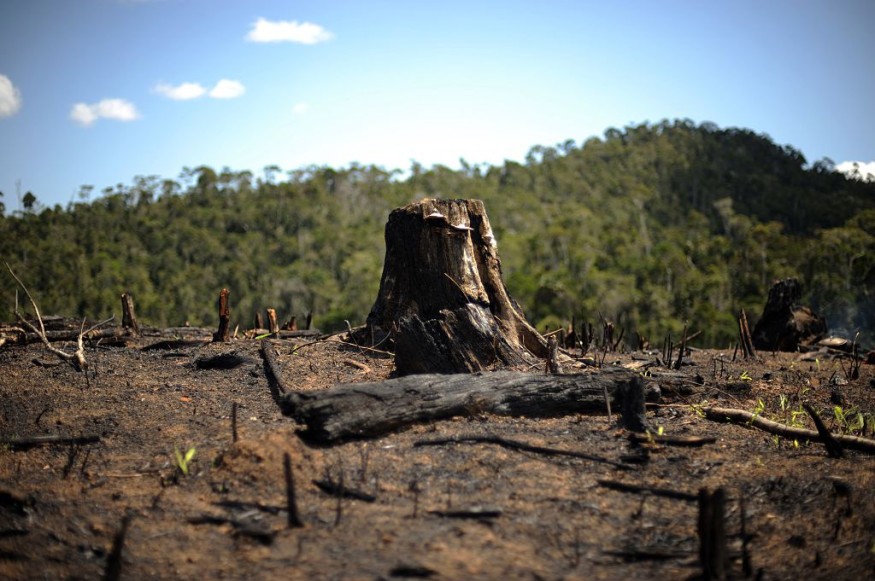The latest report warns of climate change effects on megadrought in Madagascar, which can worsen, and result in devastating impacts on communities and wildlife. Human-caused problems can lead to alarming impacts on people's harvests and crops.
Madagascar is home to different unique species, plants, and animals, with distinct ecosystems and wildlife. In recent reports, about 615 species were unearthed in the region from 1999 to 2010. Despite its ecological importance, Madagascar has suffered from threats, making some species vulnerable to extinction, like the Silky Sifaka.
According to reports, Madagascar has suffered from habitat loss, extreme disasters, habitat loss or degradation, and climate change.
In a recent report by the University of California, researchers studied the link between climate change and the megadrought in Madagascar. Understanding the potential links will be beneficial for communities and the preservation of unique habitats.
Megadrought in Madagascar: How Does Climate Change Impact Unique Habitats?

The research findings were published in npj Climate and Atmospheric Science, emphasizing that southern Madagascar has suffered from challenging droughts. The researchers documented the potential effects of climate change on the region, considering the following:
- vegetation greenness
- soil moisture
- precipitation
With the increasing drought in the region, farmers have to find ways to adapt to the dry conditions in the region, particularly the lack of rainfall. In conducting the study, the researchers used remote sense observations and climate models to potentially analyze the link between climate change and megadrought in Madagascar.
"We finally have a record long enough that we can see changes that are attributable to climate change. And, there's clear agreement between these observations and climate models that point to changes in seasonality," Angela Rigden, the study's lead and assistant professor at UC Irvine, said, as quoted in a report.
The study raised concerns about the effects of climate change on the hydrological cycle in the region, which can impact crop yields or food harvests, particularly in southern Madagascar. With the shorter and more infrequent rain, communities are likely vulnerable to water problems.
Madagascar Unique Animals
In addition, the narrowing rainy season is another major threat to wildlife, biodiversity, and people's livelihoods, indicating the alarming impacts of climate change. The study aims to show that the findings can help policymakers make effective decisions in addressing drought concerns in the region.
In a recent Nature World News (NWN) report, Madagascar is a special place and habitat for bizarre species on the planet, including Sifaka, Fossa, Blue Coua, Madagascar Pochard, Giraffe Weevil, Tomato Frog, Indiri, and Panther Chameleon.
However, anthropogenic interventions have caused significant impacts on unique animals in Madagascar.
Related Article : Pet Lemurs in Madagascar Threaten Species' Survival
For more similar stories, don't forget to follow Nature World News.
© 2025 NatureWorldNews.com All rights reserved. Do not reproduce without permission.





